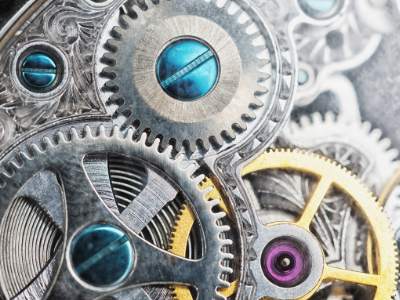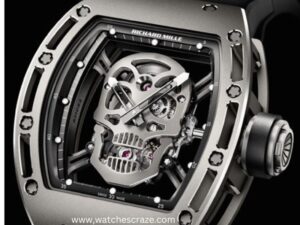Why Are Jewels Used in Watches
Ever seen the shiny stones in some watches? This is just not to please your eyes. They have a duty. These gemstones help watches work better and longer while ensuring their dependability is not questioned at all. Whether it’s a vintage or a modern watch, the utilization of jewels in timepieces aims at improving their performance. So let us look closely; why are jewels more than sparkly things- they are must-haves for timekeeping.
What Are Jewels in Watches?
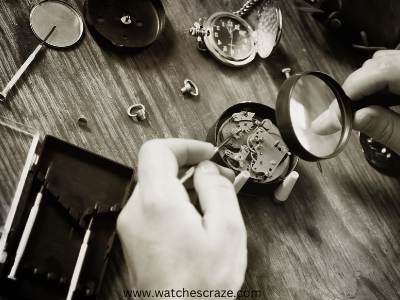
Do you notice those tiny shiny objects inside some watches? These are referred to as “jewels”. However, these aren’t the usual costly stones like diamonds or pearls. No, usually they are small rubies or sapphires and they aren’t there without reason. You see these jewels have an obligation! They act like secret workers within the watch making sure everything goes smoothly on both ends. They are placed where moving parts need to slide past each other and their smooth surface helps minimize frictional wear of rubbing surfaces. So next time you peer into one of those glimmers, know that it’s not just for show but rather your quiet heroes saving your watch from breaking down on you when least expected through slickness alone!
How Jewels Make Watches Work Better
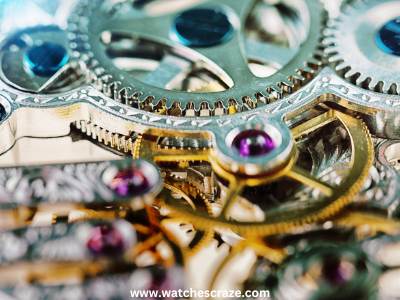
When we talk about jewels in watches, we’re not chatting about sparkly gems just for looks. Nope, these jewels, usually made from special materials like rubies or sapphires, actually help watches work better. Here’s how:
-
Less Friction:
Think of a watch like a tiny bustling town, with gears and springs always moving around. Now, in any city, there will be some rubbing and bumping. That’s where jewels come in handy. They act like super-smooth roads, letting those tiny gears slide past each other without getting stuck. This means the watch can keep ticking smoothly and always tell the right time.
-
Lasting Longer:
Watches become like our ever-reliable companions through thick or thin. But with poor maintenance, they could wear out much faster than we would want. Just like armor covers the most important parts in a battle so do the jewelry on watches when it comes to slowing down its wearing rate.
Why Jewels Aren’t Just for Looks
- Jewels work like little slick pathways, helping parts move without getting stuck or slowing down.
- They’re super tough, protecting delicate bits from wearing out too fast.
- By keeping things moving smoothly, jewels help the watch stay right on time.
- Watches with jewel bearings tend to be more durable due to their ability to resist everyday wear and tear better.
- With the inclusion of jewel bearings into your model, there is less likelihood that you will run out of time on your day-to-day engagements thus making it a long-term companion.
What do Jewels in a Mechanical Watch Mean?
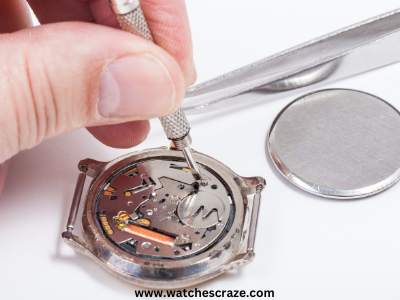
Jewels in a mechanical watch are small, hard stones like rubies or sapphires. They are used in the parts of the watch that move, like gears and tiny wheels. These stones help the moving parts slide easily against each other without rubbing too much. This helps the watch work better and last longer because there is less chance of parts getting damaged. The jewels also make the watch perfect when it helps the other parts move smoothly Most watches have almost 17 to 30 jewels inside them.
Conclusion
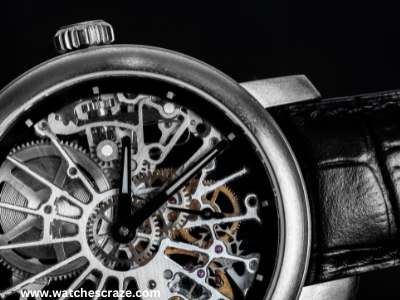
So, about those jewels in watches? They’re not just ornaments—they’re the engine behind the smooth tick-tock of your watch. These are silent helpers who make sure that everything works like magic. They’re the champions of the watch world!
FAQs: Why Are Jewels Used in Watches
How many jewels in a watch is good?
A mechanical watch that has approximately 17 to 25 jewels is generally regarded as good for maintaining optimum performance and durability.
Why do mechanical watches have jewels?
Jewels used in the construction of mechanical watches are synthetic versions of rubies or sapphires, which reduce friction between the moving parts of a watch, enabling it to move freely and last longer.
What are watch jewels made of?
Watch jewels usually take the form of man-made ruby or sapphire. These materials have been chosen for their qualities such as hardness, smoothness, and ability to resist wear; these features make them ideal as low-friction surfaces on which parts can slide in a mechanical wristwatch.

